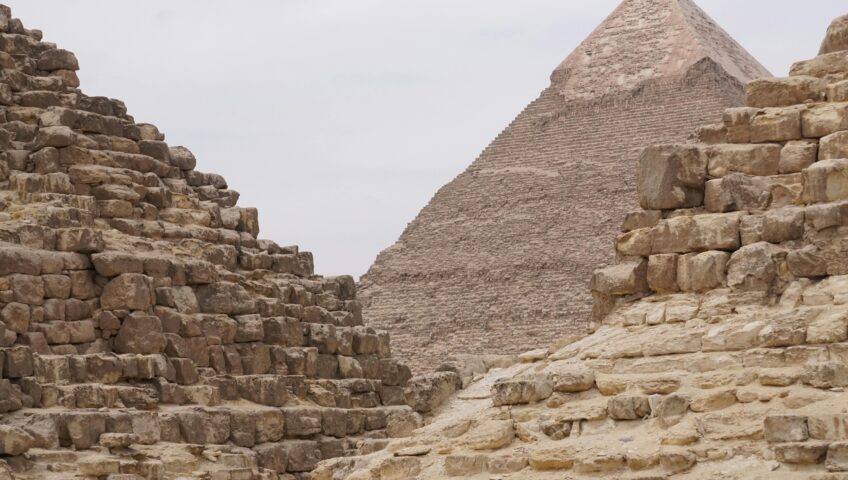Modern, high-tech design is typically what comes to mind when we think about engineering. But the strong engineering and design foundations of the past enabled many technological advancements, some of which are seen as wonders of the world today. The following are a few of the most inventive engineering achievements of all time:
- The Great Wall of China: The Great Wall of China, at nearly 13,000 miles long, is the longest structure ever built. It was built over the course of 2,000 years. In addition to the actual wall, the structure includes 25,000 towers, castles, and other fortresses for soldiers to stay on alert against attack.
- The Great Pyramid of Giza: The Great Pyramid were masterpieces of technical skill and engineering ability. The sides of the Great Pyramid are aligned perfectly with the four cardinal points of the compass. It is estimated that it took workers over 20 years to complete the construction of the Great Pyramid.
- Taj Mahal: Beginning in 1631, the Taj Mahal's construction is estimated to have taken 22 years to complete. Even now, the Taj Mahal is still today one of the most recognizable buildings in the world of architecture.
- Highways: The Romans built a sophisticated system of roads. Roman engineers designed highways to allow for water drainage. The Romans built over 50,000 miles of road by 200 A.D. Highways allowed the Roman legion to travel as far as 25 miles per day.
- Panama Canal: Beginning in 1904, the Panama Canal is an international waterway that was built to enable ship traffic between the Atlantic and Pacific oceans saving traders a lot of time and money. The canal proved to be an exceptionally successful engineering project, despite being difficult to construct.
Filter Categories
All
COMMUNITY INVOLVEMENT
COMPANY NEWSLETTERS
KC'S BLOG
PRESS RELEASES
Filter Categories
All
2015
2016
2017
2018
2019
2020
2021
2022
2023
2024
2025


